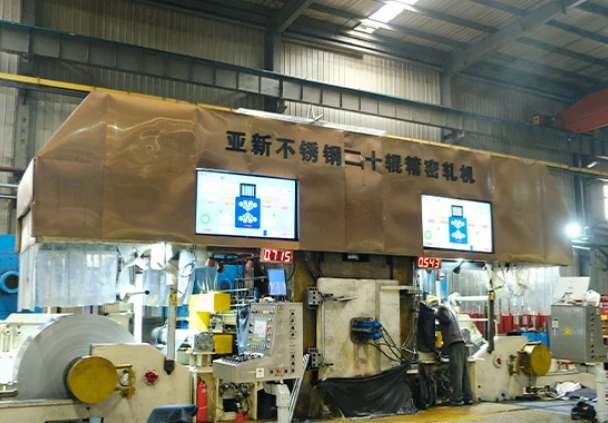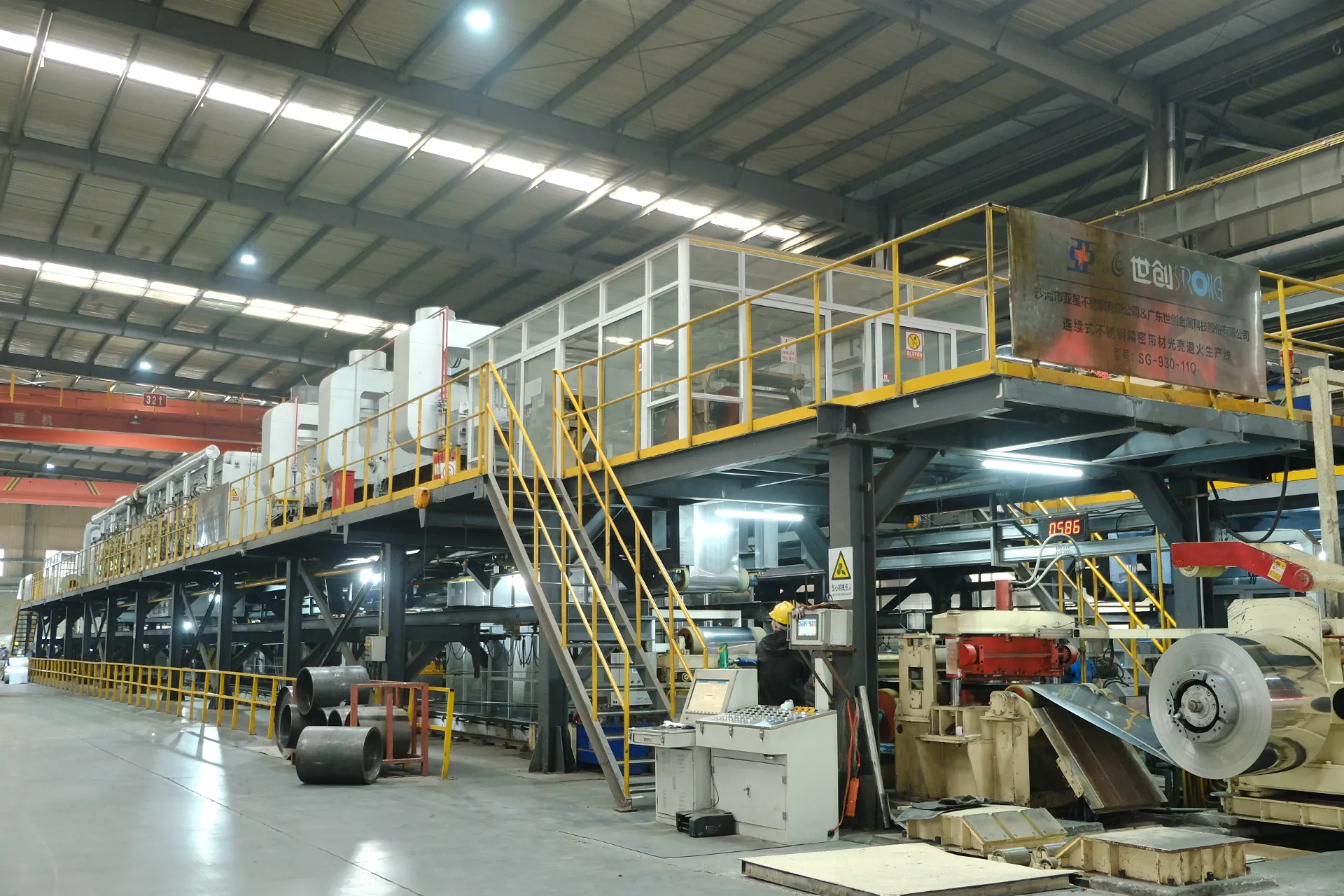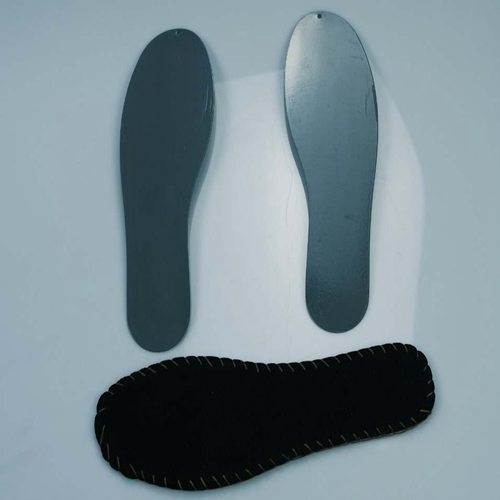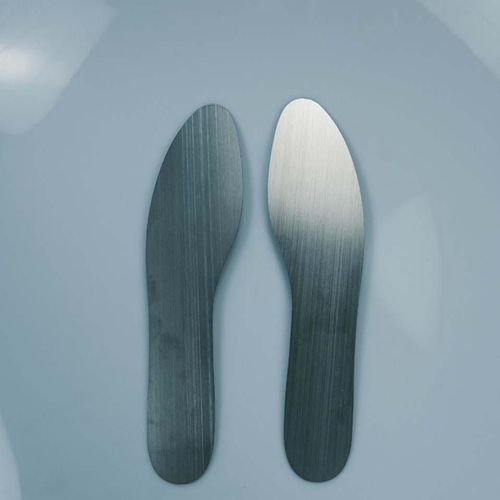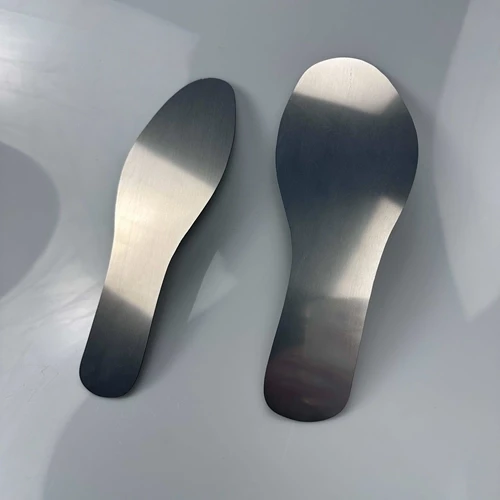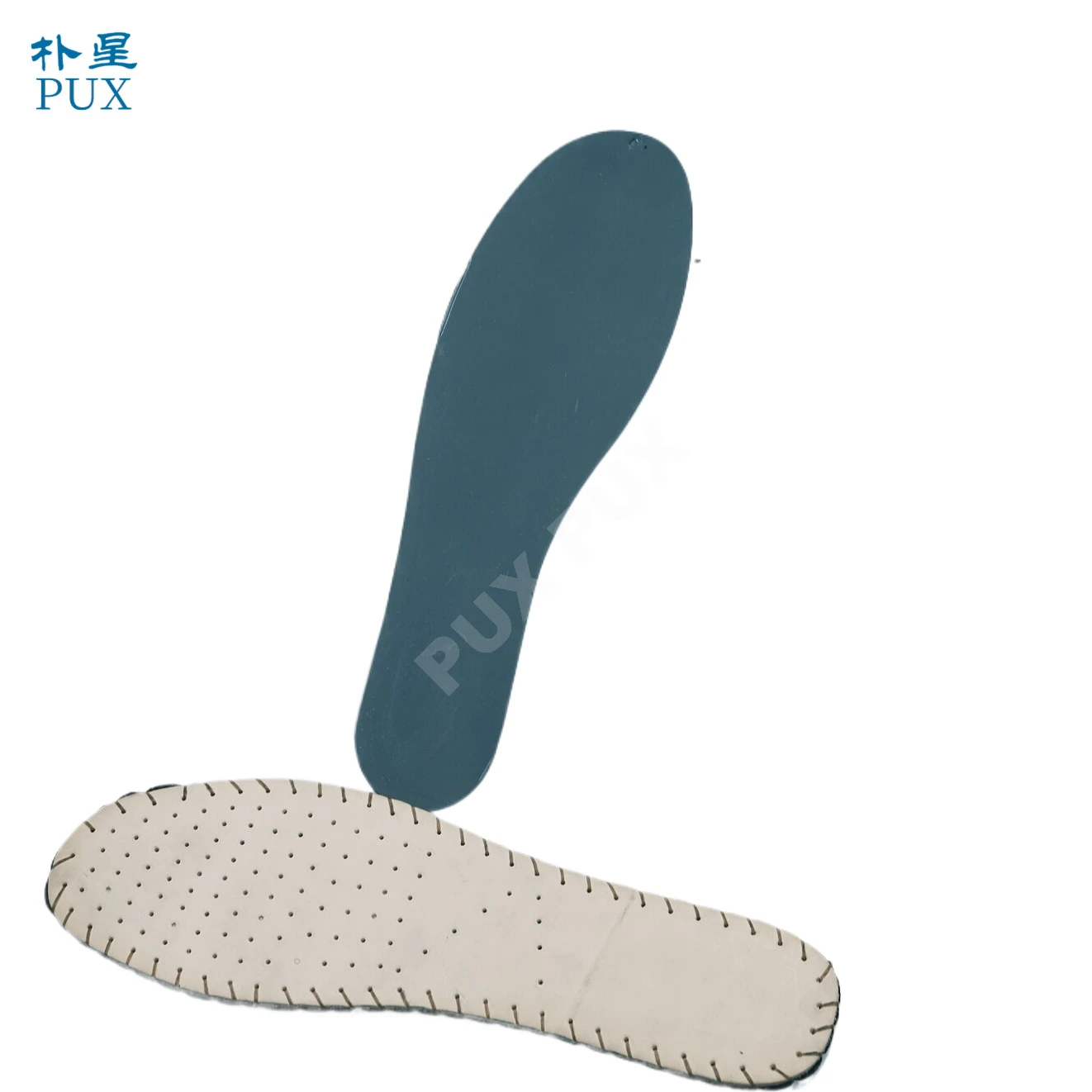منتجات
The steel midsole is a vital protective component in industrial footwear, offering unmatched puncture resistance against sharp objects like nails or metal debris. Made from hardened carbon steel, it provides a rigid barrier that distributes impact forces evenly across the foot. Its tempered construction (1-2mm thick) balances durability with flexibility, while corrosion-resistant coatings ensure longevity in harsh environments.
The steel plate also enhances stability, reducing foot fatigue during prolonged standing on hard surfaces. Though slightly heavier than composite alternatives, its superior penetration protection and load-bearing capacity make it ideal for construction, manufacturing, and heavy industry applications. Modern designs integrate ergonomic contours and compatibility with other safety features, maintaining workplace protection without compromising comfort.
-
لوحة نعل أوسط كيفلار عالية الجودة لصناعة أحذية السلامة
غرض:نعل كيفلا الأوسط
طلب:لأحذية السلامة
مادة:كيفلا
سماكة:0.5 مللي متر/0.8 مللي متر
لون:أبيض
معيار:EN22568
مقاومة الاختراق:1200 ن
مقاومة الثني:EN22568 (1500000 مرة) قياسي
وظيفة:مقاومة للماء، ومضادة للتحطيم، ومضادة للثقب، ومضادة للانزلاق
مكان المنشأ:خبي، الصين
-
نعل أوسط آمن للأحذية مصنوع من ألواح فولاذية مضادة للأظافر ومضادة لثقب القدم ونعل أوسط فولاذي لحماية القدم
غرض:نعل أوسط من الفولاذ Mn
طلب:لأحذية السلامة
مادة:من الصلب
سماكة:0.49-0.5 ملم
لون:أسود
معيار:EN22568
مقاومة الاختراق:1200 ن
وظيفة:المضادة للتأثير، مقاومة النفط، ومكافحة ساكنة
مكان المنشأ:خبي، الصين
-
نعل أوسط من الفولاذ المقاوم للصدأ عالي الجودة بمعايير EN
نعل داخلي مضاد للثقب من الفولاذ المقاوم للصدأ مصنوع من الفولاذ عالي الجودة وهو مثالي لأحذية السلامة، وله ثقب جيد
مقاومة ويمكن ثنيها أكثر من 1,000,000 مرة، سطحها مصنوع من رذاذ مسحوق غير لامع من راتنجات الإيبوكسي لتعزيز
التصاق، فهو مضاد للصدأ ومضاد للثقب. تم استخدام النعل الأوسط الفولاذي المضاد للثقب في صناعة أحذية الأمان لسنوات عديدة. هو - هي
رقيقة وغير مكلفة وتستخدم على نطاق واسع من قبل صانعي أحذية السلامة. (النعل الأوسط الفولاذي المضاد للاختراق تم تصنيعه في مصنعنا
مقاومة الثني: (1000000 مرة)، EN12568، CSA (1500000 مرة) قياسي. مقاومة الاختراق 1100N مقاومة الثني
100PRS/CTN). لديها المعيار الأوروبي EN12568.
غرض:نعل أوسط من الفولاذ المقاوم للصدأ
طلب:لأحذية السلامة
مادة:الفولاذ المقاوم للصدأ
سماكة:0.49 ملم
لون:فضة
معيار:EN22568
مقاومة الاختراق:1200 ن
مقاومة الثني:EN22568 (1000000 مرة) قياسي
-
Stainless Steel Insole
Steel bottom can prevent puncture, anti-static, zigzag resistance, acid and alkali resistance, high and low temperature resistance. Quality up to EN, CSA, JIS and other international standards, is the work shoes, labor protection shoes and other protective shoes necessary protective products Stainless steel anti-puncture insole made of high quality steel, is the ideal choice for safety shoes, has good puncture resistance, can be bent more than 1,000,000 times. The surface is sprayed with epoxy resin matte powder to enhance adhesion, prevent rust and puncture. Especially in the site is particularly popular, mainly used to prevent stepping on nails or other sharp objects, due to its high hardness, wear resistance characteristics, can effectively protect the safety of the foot, reduce the risk of injury.Durable: Compared with ordinary insoles, stainless steel insoles are stronger, not easy to damage, and have a long service life.
What is a steel midsole?
A steel midsole is a protective layer embedded in work boots between the insole and outsole, designed to prevent puncture injuries from sharp objects like nails or metal shards. Typically made from thin, tempered steel, it provides rigid structural support while maintaining flexibility for walking comfort. The steel plate acts as an impenetrable barrier that meets ASTM F2413 safety standards for puncture resistance. Unlike surface protection, the midsole's strategic placement shields the entire footbed without adding excessive bulk.
While offering superior protection in industrial environments, steel midsoles do add some weight to footwear and can conduct temperature extremes. Modern designs often incorporate perforations or contours to improve flexibility and breathability while maintaining safety performance. This critical safety feature has become standard in many construction, manufacturing, and utility work boots where puncture hazards exist.
Pros and cons of Steel Midsole versus Composite
Steel midsoles and composite midsoles each have distinct advantages and drawbacks in work boot construction. Steel midsoles provide superior puncture resistance and structural rigidity, making them ideal for heavy industrial environments with sharp debris. They offer excellent protection against extreme compression and maintain stability over time, but add significant weight to the footwear and can conduct temperature extremes. Composite midsoles are lighter weight (typically 30-50% reduction), non-metallic (making them metal detector friendly), and provide better insulation against hot/cold surfaces.
While they meet most safety standards for puncture resistance, composites may not withstand repeated extreme impacts as well as steel. Composite materials also tend to be more flexible, improving comfort during extended wear but potentially offering less support for heavy loads. The choice depends on workplace hazards - steel excels in high-risk industrial settings while composites better suit lighter duty applications where weight and thermal comfort are priorities.





